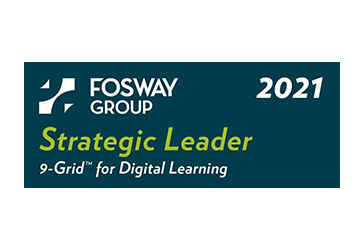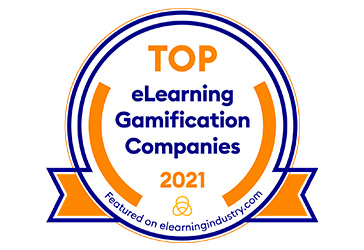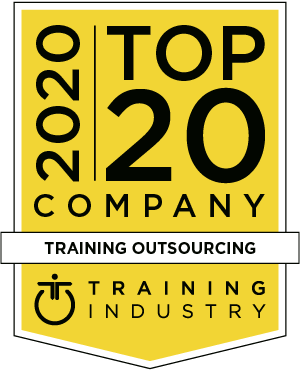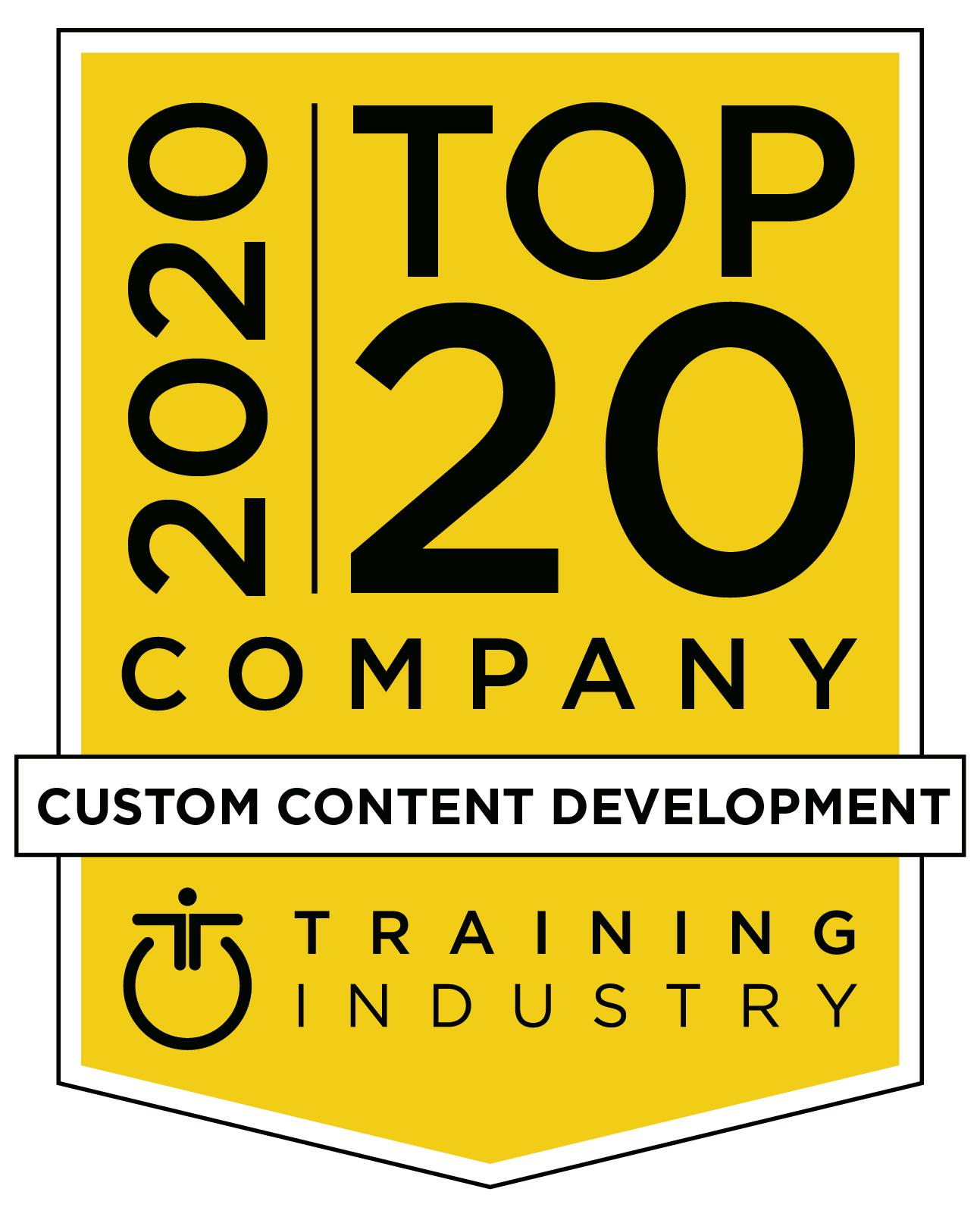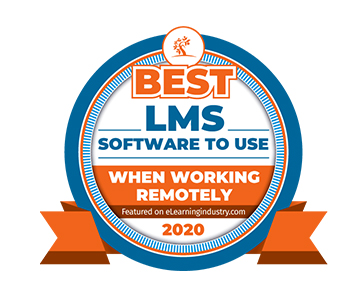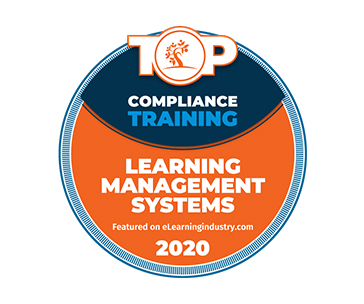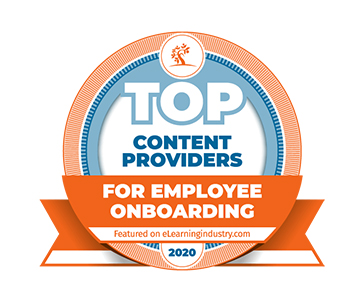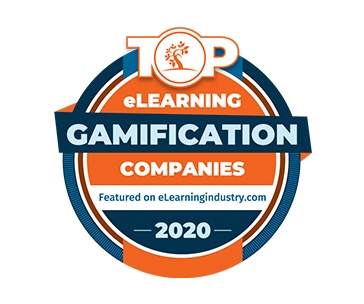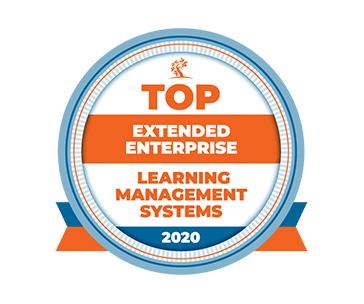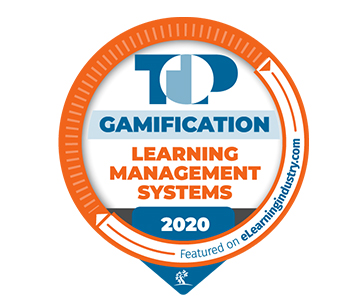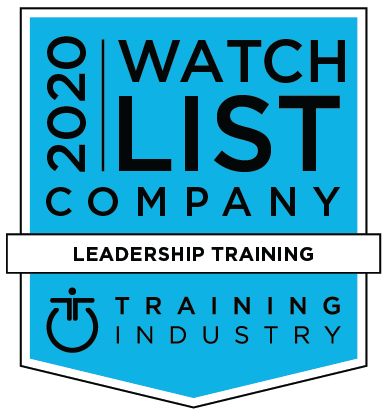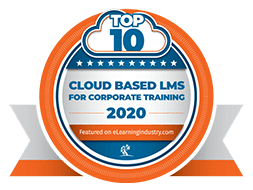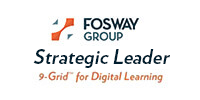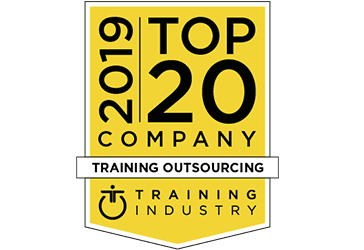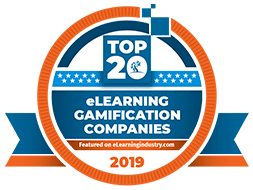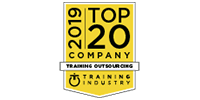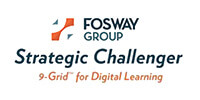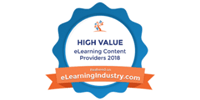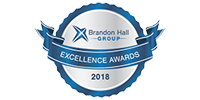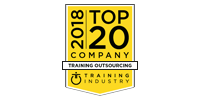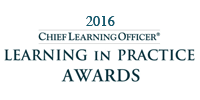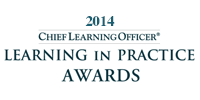Today on 90% of consumers consider customer service to be a factor they consider before deciding whether to do business with a company (1). This is one of the many reasons industry leaders are doing all that they can to strengthen the skills of their customer service teams. They know that providing high quality service gives them a competitive advantage. One of the best ways an organization can improve their customer service is by providing employee training. However, not all customer service training programs all produce great results.
Infopro Learning has more than 25 years of experience designing high quality customer service training programs that get results. We have broken down the method they use to create winning customer service training solutions into a 3 phase strategy.
Solution Highlights
Infopro Learning uses these 3 phases to design business aligned training programs for industry leaders. When it comes to customer service training they begin by identifying challenges and barriers that are negatively impacting the quality of service they provide. Phase 2 is all about developing the right blend of training methods to engage learners. The 3rd essential phase is to measure training effectiveness to gage impact and look for areas to improve.
Phase 1 Identifying Customer Service Challenges
The first phase is about identifying potential barriers to providing great service. Before you can begin to create a customer service training course you must first identify the knowledge gaps that lie between the current state of service and the desired results. A common mistake that organizations often make is to skip this essential step. Identifying challenges can be done in 4 different ways and they are much simpler than you might first think.
- Ask for customer feedback
Asking for customer feedback can be one of the simplest and most effective ways to identify potential customer service issues that need to be resolved. This can be done easily through providing short surveys and questionnaires.
- Encourage reviews
Another simple way you can identify customer service issues is by encouraging your customers to leave reviews. Reviews can give you clear insights into customer experiences that you may not know about. Reviews also give you the added benefit of an opportunity to resolve issues that other wise would have gone unnoticed.
- Ask your customer facing employees
Your customer service teams communicate with your customers every day. They often have valuable insights that can be used to identify key customer service challenges. Your customer support teams have likely seen patterns or reoccurring issues that lead to poor customer experiences.
- Track the number of returning customers
customer loyalty can also give you a good indication as to whether or not your organizations is providing good customer service. This can be done without surveys or talking to employees and customers. If you are seeing low levels of returning customers there is a good chance that your organization is not meeting customer expectations.
Phase 2 Utilizing a Blended Strategy
The next phase is the development of a blended training strategy. The training content that your program will include will be highly dependent on the issues you identify during phase one. However, most customer service training programs focus on a combination of 3 different types of topics including soft skills training, product knowledge and company values. After the topics are identified the most suitable combination of training methods to delver the content will be selected.
The most effective corporate training programs use the 70:20:10 framework as a guide. This is where 70% of training is delivered using experiential training methods. 20% is delivered using social learning strategies. The other 10% is focused on formal training. Integrating a blend of different training formats will help your organization create a highly engaging and effective training program.
Phase 3 Setting KPI’s to Measure Training Effectiveness
After the program has been designed, piloted and implemented fully it is time to start the 3rd and final phase, measuring training effectiveness. In order to truly understand and gage whether or not your training program is having an impact on employee customer service skills and customer satisfaction you must measure the programs effectiveness.
There are 5 different key performance indicators you can track to measure your training program.
- Customer satisfaction scores
This score is measured by asking customers to rate their satisfaction of the service they received. This will let you know if satisfaction rates are rising or falling and let you know more about the customers experience.
- Net promoter scores
This score is found by asking whether or not your customers are likely to recommend your company and its offerings to others. This metric helps you determine levels of customer loyalty.
- First connect resolutions
Part of providing great customer service is having the ability to resolve even the most difficult customers issues quickly and efficiently. Measuring first connect resolutions will show you if the training improved customer services team members abilities to resolve customer complaints.
- Average resolution times
If training participants are able to resolve customer issues faster than before it is a good indicator that the training improved their abilities.
- Resolved issues
Looking at the number and type of issues that have been resolved will help you gage not only if training was effective, but which areas employees are still struggling with.
Solution Results
Implementing an effective customer service training program can help your organization increase profits, brand reputation and gain more loyal customers. In fact increasing customer retention rates by 5% can increase profits from anywhere between 25%-95%
Increasing customer retention rates by just 5% can increase profits by between 25% and 95% (2).
Learn more and read The Advanced Guide to Customer Service Training.

